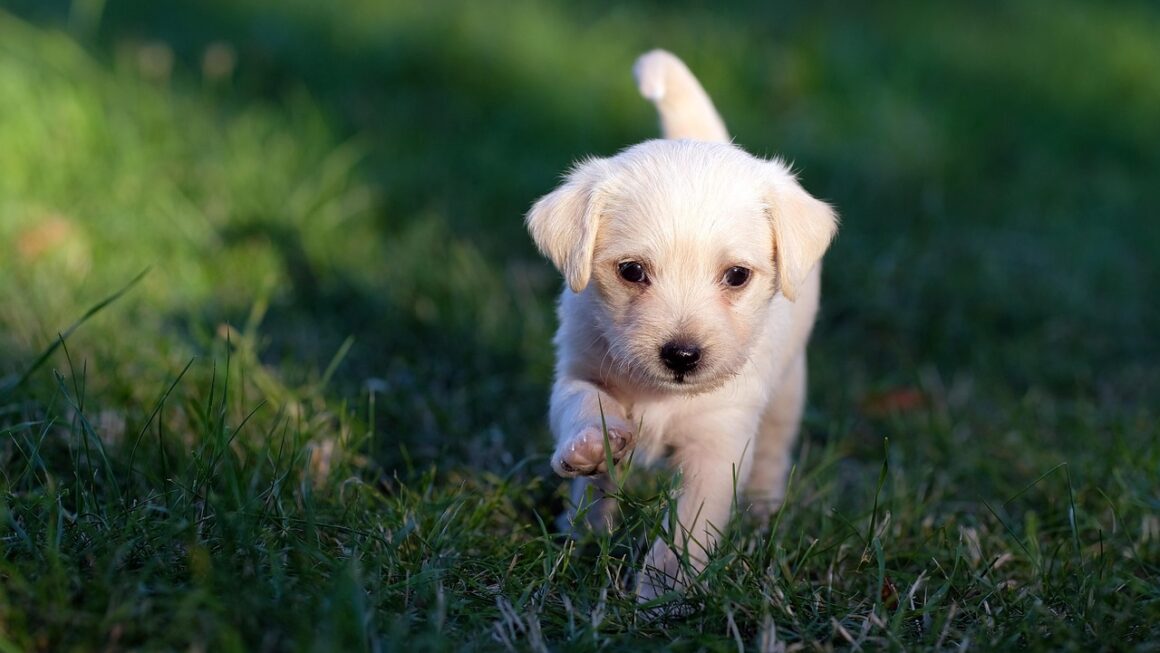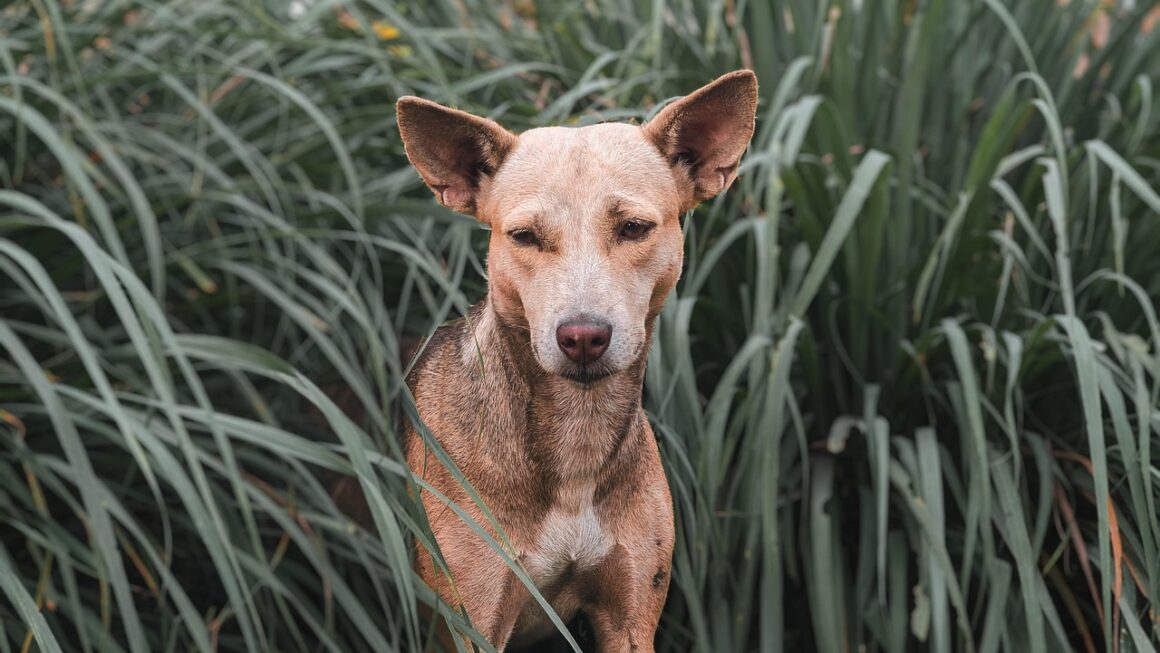Training a new puppy can feel like a whirlwind of chewed shoes, excited yips, and endless potty breaks. But with patience, consistency, and the right approach, you can lay the foundation for a well-behaved, happy companion for years to come. This guide provides a comprehensive overview of puppy training, covering essential topics from socialization to basic commands, ensuring a positive and rewarding experience for both you and your furry friend.
Puppy Socialization: Building a Confident Dog
Socialization is arguably the most crucial aspect of puppy training. Exposing your puppy to a variety of sights, sounds, people, and experiences during their critical socialization window (roughly 3-16 weeks) helps them develop into a well-adjusted adult dog.
Early Exposure is Key
- Introduce new environments: Take your puppy to different places, such as parks, pet stores, and even the vet (for positive, non-treatment visits).
- Meeting new people: Introduce your puppy to people of different ages, genders, and ethnicities. Encourage calm, gentle interactions and reward your puppy for remaining relaxed.
- Exposure to sounds: Play recordings of common household noises (vacuum cleaner, doorbell, etc.) and outdoor sounds (traffic, sirens) at a low volume, gradually increasing the volume as your puppy becomes comfortable. This helps them desensitize and prevent fear-based reactions later on.
- Safe interactions with other animals: Arrange supervised playdates with vaccinated and friendly dogs. Avoid overwhelming your puppy with too many dogs at once. Start with one or two calm, well-socialized dogs. Even supervised exposure to cats (if applicable) can be beneficial.
Monitoring for Positive Experiences
Always be vigilant and ensure your puppy has positive experiences during socialization. Signs of stress include:
- Tucked tail
- Panting or yawning when not hot or tired
- Lip licking
- Whale eye (showing the whites of the eyes)
- Avoidance behavior
If your puppy shows signs of stress, remove them from the situation immediately. Never force interactions. Consult with a certified dog trainer or behaviorist if you’re struggling with socialization. Statistics show that poorly socialized dogs are more likely to develop behavioral problems later in life, so investing time and effort in socialization is vital.
Mastering Basic Commands: The Foundation of Obedience
Teaching your puppy basic commands like “sit,” “stay,” “come,” and “down” is essential for their safety and well-being, as well as for establishing a strong bond between you.
Positive Reinforcement Techniques
- Use treats and praise: Positive reinforcement is the most effective method for training puppies. Use high-value treats (small, soft, and irresistible) and enthusiastic praise to reward desired behaviors.
- Keep training sessions short and fun: Puppies have short attention spans, so keep training sessions brief (5-10 minutes) and engaging. End each session on a positive note.
- Consistency is key: Use the same commands and hand signals consistently. Enlist the help of family members to ensure everyone is using the same approach.
Examples of Command Training
- Sit: Hold a treat in front of your puppy’s nose and slowly move it upwards and backwards over their head. As their nose follows the treat, their rear end should naturally lower into a sit. Say “Sit” as they sit, and immediately reward them with the treat and praise.
- Stay: Have your puppy sit. Hold your hand up in a “stop” gesture and say “Stay.” Start with short durations (a few seconds) and gradually increase the time. Reward your puppy for remaining in the sit position.
- Come: Use a cheerful and encouraging tone. Say “Come” and gently tug on the leash if necessary. When your puppy comes to you, shower them with praise and give them a treat. Practice in a safe, enclosed area initially.
- Down: Hold a treat in front of your puppy’s nose and slowly lower it to the ground. As they follow the treat, their body should naturally lower into a down position. Say “Down” as they lie down, and immediately reward them.
Addressing Common Challenges
- Puppy isn’t motivated by treats: Experiment with different types of treats to find something your puppy finds irresistible. You can also use toys or verbal praise if your puppy is toy- or praise-motivated.
- Puppy loses focus easily: Minimize distractions during training sessions. Choose a quiet location with minimal interruptions. Keep sessions short and engaging.
- Puppy is easily frustrated: Lower your expectations and break down commands into smaller, more manageable steps. Focus on rewarding small successes.
Potty Training: Establishing Good Habits
Potty training requires patience, consistency, and a structured routine. Accidents are inevitable, but with the right approach, you can successfully housetrain your puppy.
Establishing a Routine
- Frequent potty breaks: Take your puppy out to potty every 2-3 hours, especially after waking up, eating, and playing.
- Designated potty spot: Choose a specific spot in your yard for your puppy to eliminate. This helps them associate that spot with going potty.
- Reward successful potty breaks: When your puppy eliminates outside, immediately praise them enthusiastically and give them a treat.
- Clean up accidents thoroughly: Use an enzymatic cleaner to eliminate the odor of urine and feces, which can prevent your puppy from returning to the same spot to eliminate again.
Understanding Puppy Bladder Control
Puppies have limited bladder control, especially when they are young. A general rule of thumb is that a puppy can hold their bladder for the number of hours equal to their age in months (e.g., a 3-month-old puppy can typically hold their bladder for about 3 hours). However, this is just a guideline, and some puppies may need to go out more frequently.
Dealing with Accidents
- Never punish your puppy: Punishing your puppy for accidents will only make them fearful and less likely to eliminate in front of you.
- Interrupt the accident (if you catch it in time): If you catch your puppy in the act of eliminating inside, interrupt them with a firm “No!” and immediately take them outside to their designated potty spot.
- Clean up the mess thoroughly: Clean up accidents immediately and thoroughly with an enzymatic cleaner.
Crate Training as a Potty Training Aid
Crate training can be a valuable tool for potty training. Puppies are naturally reluctant to soil their sleeping area, so a crate can help them develop bladder control.
- Introduce the crate gradually: Make the crate a positive and comfortable space for your puppy. Place treats and toys inside the crate.
- Never use the crate as punishment: The crate should be a safe and positive space for your puppy.
- Take your puppy out to potty immediately after taking them out of the crate.
Addressing Common Puppy Behavior Issues
Puppies, like children, will test boundaries and exhibit certain challenging behaviors. Addressing these issues early on is key to a well-behaved adult dog.
Nipping and Biting
Puppy nipping is a common behavior as puppies explore the world with their mouths.
- Redirect their biting: Offer your puppy a chew toy instead of your hands or clothing.
- Use a “time-out” technique: If your puppy nips too hard, say “Ouch!” in a high-pitched voice and immediately stop playing with them. Ignore them for a few minutes to teach them that biting leads to the end of playtime.
- Socialization with other puppies: Playdates with other puppies can help your puppy learn bite inhibition.
Chewing
Chewing is a natural behavior for puppies, especially during teething.
- Provide appropriate chew toys: Offer a variety of chew toys to satisfy your puppy’s chewing needs.
- Puppy-proof your home: Remove anything you don’t want your puppy to chew on.
- Supervise your puppy closely: Supervise your puppy when they are exploring your home and redirect them to a chew toy if they start chewing on something inappropriate.
Excessive Barking
Excessive barking can be a nuisance and may indicate an underlying problem.
- Identify the cause of the barking: Is your puppy barking out of boredom, anxiety, or territoriality?
- Provide mental stimulation: Offer puzzle toys and interactive games to keep your puppy entertained and prevent boredom barking.
- Address anxiety: If your puppy is barking out of anxiety, consult with a veterinarian or certified dog trainer to develop a plan to address their anxiety.
- Teach a “quiet” command: Teach your puppy to be quiet on command by rewarding them when they are quiet.
Digging
Digging is a natural instinct for some dogs.
- Provide a designated digging area: Create a designated digging area in your yard where your puppy is allowed to dig. Bury toys or treats in the area to encourage them to dig there.
- Supervise your puppy: Supervise your puppy when they are outside and redirect them to the designated digging area if they start digging in an inappropriate place.
- Cover areas where you don’t want your puppy to dig with rocks or other deterrents.
Conclusion
Raising a puppy is a rewarding journey, but it requires dedication and consistency. By focusing on socialization, mastering basic commands, establishing a solid potty training routine, and addressing common behavior issues early on, you can set your puppy up for a lifetime of success and companionship. Remember to be patient, celebrate small victories, and enjoy the process of building a strong bond with your new furry friend. Consult with a veterinarian, certified dog trainer, or behaviorist if you encounter any challenges along the way.




